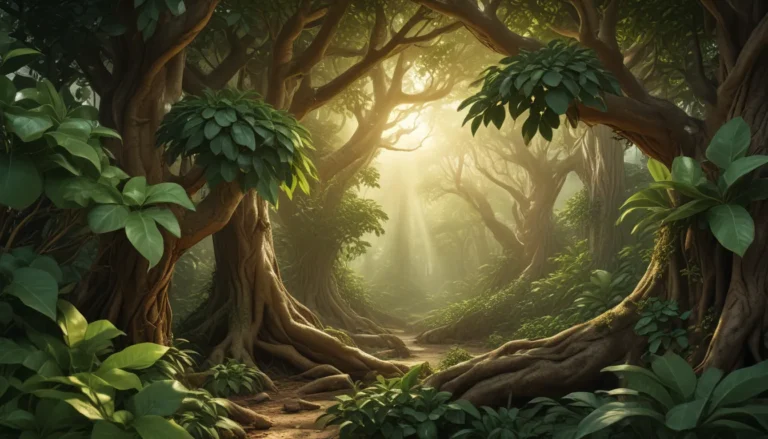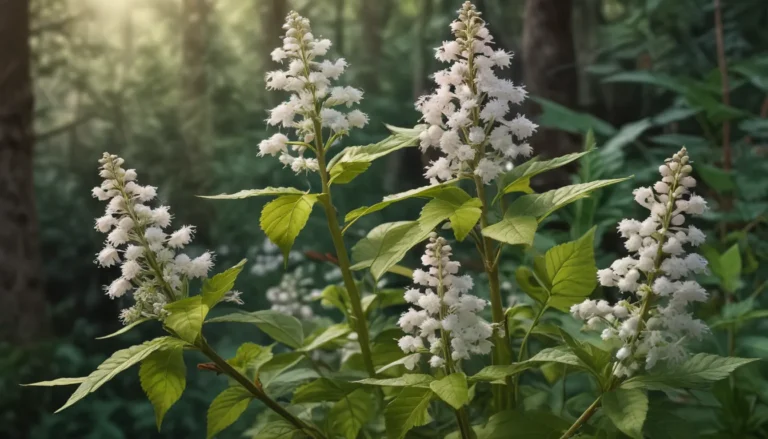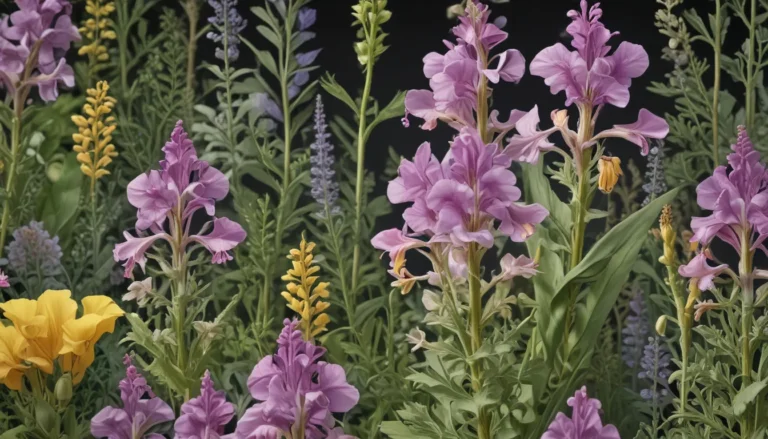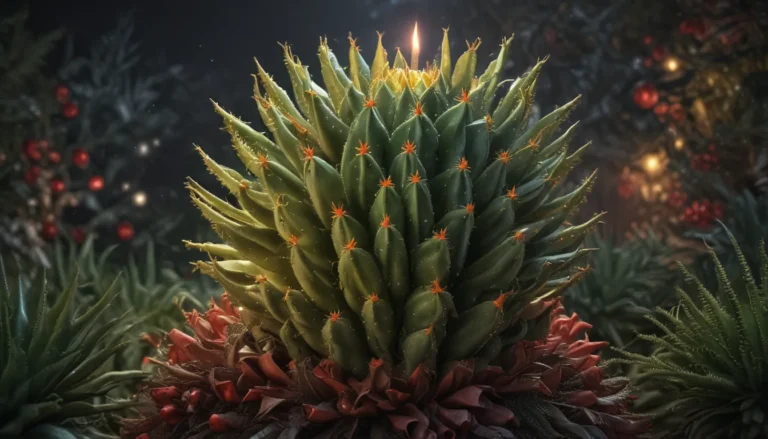The pictures we use in our articles might not show exactly what the words say. We choose these pictures to make you interested in reading more. The pictures work together with the words but don’t take their place. The words still tell you the important facts.
Welcome to the enchanting realm of the Douglas fir tree, a majestic symbol of strength and resilience in the world of flora. With its towering height, aromatic fragrance, and rich historical significance, the Douglas fir captivates the imagination of nature enthusiasts and forestry experts alike. In this article, we embark on a journey to explore 18 fascinating facts about the Douglas fir tree, delving into its ecological importance, cultural significance, and remarkable characteristics. Join us as we unravel the mysteries of this iconic evergreen conifer and uncover the profound impact it has on our environment and collective consciousness.
The Extraordinary Douglas Fir Tree: A Natural Wonder
Douglas Fir Trees: Guardians of the Forest
- Douglas fir trees are not true firs, belonging to the genus Pseudotsuga, which means "false hemlock."
- Native to the forests of western North America, these awe-inspiring trees thrive in diverse ecosystems, from coastal regions to mountainous terrains.
- Standing tall and proud, Douglas fir trees can reach towering heights of over 300 feet, making them one of the tallest tree species in the world.
Fascinating Features of Douglas Fir Trees
- The cones of Douglas fir trees are characterized by distinctive three-pointed bracts that give them a unique appearance.
- Their flat, soft, and fragrant needles emit a sweet, citrusy scent when crushed, adding to their allure.
Valuable Contributions of Douglas Fir Trees
- Highly prized for their strength, durability, and versatility, the wood of Douglas fir trees is widely used in construction, furniture making, and various woodworking applications.
- The dense foliage and large size of Douglas fir trees provide essential habitat for diverse wildlife, contributing to the health and stability of forest ecosystems.
Delving Deeper into the World of Douglas Fir Trees
Cultural Significance of Douglas Fir Trees
- In Native American cultures, Douglas fir trees hold symbolic importance, representing strength, resilience, and the enduring spirit of nature.
- Popular as Christmas trees, Douglas firs are beloved for their attractive appearance, pleasant fragrance, and excellent needle retention.
Healing Properties and Conservation Efforts
- Various parts of the Douglas fir tree, including the needles and bark, have been utilized in traditional medicine for their purported healing properties.
- Conservation initiatives aim to protect and sustain the populations of Douglas fir trees in their native habitats, ensuring their continued presence in the natural world.
Resilience and Longevity of Douglas Fir Trees
- Despite facing threats from pests and diseases, Douglas fir trees exhibit remarkable adaptability and resilience, thriving in challenging environments.
- In optimal conditions, these majestic trees can live for several centuries, with some specimens exceeding 1,000 years in age.
Celebrating the Timeless Beauty of Douglas Fir Trees
Inspiring Art, Literature, and Conservation Efforts
- The striking beauty and cultural significance of Douglas fir trees have inspired artists, writers, and poets throughout history, enriching our collective appreciation of nature.
- By embodying strength, sustainability, and enduring beauty, Douglas fir trees serve as a powerful reminder of the harmonious relationship between humanity and the natural world.
Embracing the Wonders of Nature: Proxy Falls and Beyond
Journeying through the captivating realm of the Douglas fir tree unveils the beauty and resilience of nature's creations. As we delve into the mysteries of Proxy Falls, a breathtaking waterfall nestled in the Willamette National Forest, we are reminded of the enchanting wonders that surround us. From the towering heights of Douglas firs to the cascading waters of Proxy Falls, nature continues to inspire awe and admiration, inviting us to appreciate the marvels of the natural world.
Conclusion: Nurturing a Deep Connection with Nature
In conclusion, the Douglas fir tree stands as a testament to the enduring vitality and beauty of our natural world. Through its remarkable characteristics, ecological importance, and cultural significance, the Douglas fir embodies the resilience, strength, and enduring spirit of nature. By embracing the wonders of nature and fostering a deep connection with the environment, we can cultivate a sense of appreciation and stewardship for the diverse ecosystems that sustain life on Earth. Let us continue to cherish and protect the magnificent Douglas fir tree, ensuring its legacy lives on for generations to come.
FAQs: Exploring the Depths of Nature’s Mysteries
-
What is the average lifespan of a Douglas fir tree?
Douglas fir trees typically live for around 500 to 800 years, with exceptional specimens reaching over 1,000 years in age. -
Are Douglas fir trees susceptible to any specific diseases?
While Douglas firs can be affected by various pests and diseases, they are particularly vulnerable to root rot, caused by fungi such as Armillaria and Phellinus. Proper forest management and monitoring are essential to preserve the health of Douglas fir populations.
Our Commitment to Quality and Authenticity
At the heart of our mission is the delivery of trustworthy and engaging content that enriches your understanding of the natural world. Each fact on our site is contributed by real users like you, ensuring a diverse range of insights and information. Our dedicated editors meticulously review each submission to guarantee accuracy and reliability, providing you with fascinating and credible content. Trust in our commitment to quality and authenticity as you embark on a journey of exploration and discovery with us.






